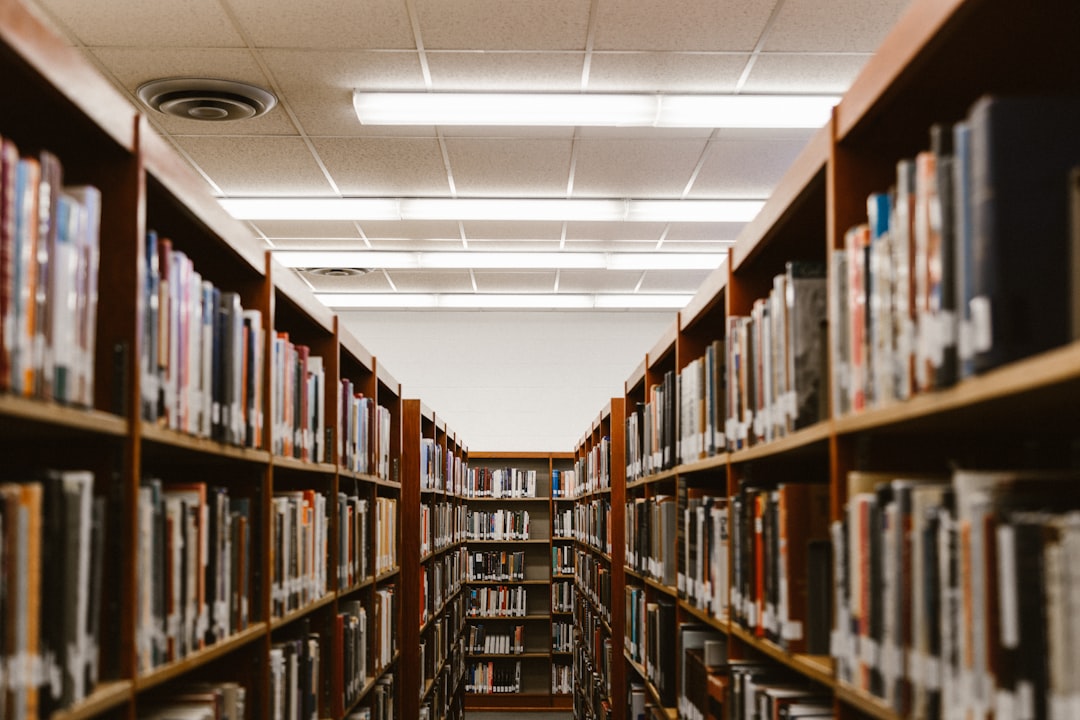With the recent change in administration, many Americans are wondering what President Joe Biden’s plans are for student loan forgiveness. Student loan debt has been a major issue in the United States, with over 45 million borrowers owing a total of $1.7 trillion in student loans. In this article, we will explore what biden student loan forgiveness is, the latest updates on the topic, and what it could mean for those with student loan debt.
What is Biden Student Loan Forgiveness?
Biden student loan forgiveness refers to the potential cancellation of some or all federal student loan debt for borrowers. During his campaign, President Biden proposed several plans to address the student loan debt crisis, including:
- Cancelling $10,000 in federal student loan debt for all borrowers
- Providing tuition-free community college for all students
- Making public colleges and universities tuition-free for families earning less than $125,000 per year
- Expanding income-driven repayment plans and public service loan forgiveness
While these proposals have not yet been implemented, they have sparked discussions and debates about the best way to address the student loan debt crisis in the United States.
Latest Updates on Biden Student Loan Forgiveness

In March 2021, President Biden signed the American Rescue Plan, which included a provision for tax-free student loan forgiveness. This means that any student loan debt forgiven between December 31, 2020, and January 1, 2026, will not be taxed as income. This is a significant update for those hoping for student loan forgiveness, as it removes the potential tax burden that could come with it.
Additionally, President Biden has expressed support for cancelling $10,000 in federal student loan debt for all borrowers. However, he has also stated that he does not believe he has the authority to do so without congressional approval. This has led to calls for Congress to pass legislation that would allow for the cancellation of student loan debt.
What Could Biden Student Loan Forgiveness Mean for Borrowers?
If President Biden’s proposals for student loan forgiveness are implemented, it could have a significant impact on borrowers. Here are some potential benefits of biden student loan forgiveness:
Reduced Financial Burden
For many borrowers, student loan debt is a significant financial burden. Monthly payments can be high, making it difficult to save for other financial goals or make large purchases. By cancelling some or all federal student loan debt, borrowers would have more disposable income and could potentially improve their financial situation.
Increased Economic Stimulus
The cancellation of student loan debt could also provide an economic stimulus. With more disposable income, borrowers could spend more, which could boost the economy. Additionally, the cancellation of student loan debt could free up funds for borrowers to invest in businesses or make other investments.
Improved Credit Scores
For those struggling to make student loan payments, missed or late payments can negatively impact their credit scores. By cancelling student loan debt, borrowers would no longer have to worry about making payments on time, which could improve their credit scores.
Increased Access to Higher Education
By making community college and public universities tuition-free, President Biden’s plan could make higher education more accessible for low-income families. This could lead to a more educated workforce and potentially reduce the need for student loans in the future.
How Can Borrowers Prepare for Potential Student Loan Forgiveness?
While there is no guarantee that President Biden’s proposals for student loan forgiveness will be implemented, there are steps that borrowers can take to prepare for potential changes.
Stay Informed

As with any political issue, it is essential to stay informed about the latest updates and developments regarding biden student’s loan forgiveness. This will help borrowers understand the potential impact on their student loan debt and make informed decisions.
Continue Making Payments
Until any changes to student’s loan forgiveness are officially implemented, it is crucial for borrowers to continue making their student loan payments. Falling behind on payments could negatively impact credit scores and lead to additional fees and interest.
Consider Refinancing
If you have private student loans, refinancing could be an option to potentially lower your interest rate and monthly payments. However, it is essential to consider the potential loss of federal loan benefits, such as income-driven repayment plans and public service loan forgiveness, before refinancing.
Explore Income-Driven Repayment Plans
If you have federal student loans, income-driven repayment plans could be a helpful option to lower your monthly payments. These plans base your payments on your income and family size, making them more manageable for those with lower incomes.
FAQs on Student Loan Forgiveness
When Will Student Loan Forgiveness Be Applied?
The application and implementation timeline for student loan forgiveness varies based on specific forgiveness programs and any new legislation or executive actions. It’s crucial to stay updated with the Department of Education’s announcements or the official student aid website for the most current information.
Will Student Loans Be Forgiven?
Student loan forgiveness depends on several factors, including the type of loan, the borrower’s eligibility under existing programs, and any new policies or legislation. Programs like Public Service Loan Forgiveness (PSLF) and income-driven repayment plan forgiveness are already in place for eligible borrowers.
How to Apply for Student Loan Forgiveness
- Determine Eligibility: First, verify if you qualify for any student loan forgiveness programs based on your occupation, income, or loan type.
- Gather Required Documentation: This may include proof of income, employment certification for PSLF, and any other relevant information.
- Complete the Application: Fill out the application for the specific forgiveness program you’re applying for. Applications can typically be found on the official Federal Student Aid website.
- Submit Your Application: Follow the submission instructions for the program, which may include online submission, mailing, or both.
- Continue Making Payments: Unless told otherwise, continue making your loan payments while your application is processed.
When Will the Supreme Court Rule on Student Loan Forgiveness?
The timeline for the Supreme Court to rule on student loan forgiveness cases can vary. It’s important to monitor official news sources or the Supreme Court’s announcements for updates on hearings and decisions related to student loan forgiveness.
How Will Student Loan Forgiveness Be Paid For?
Funding for student loan forgiveness programs can come from various sources, including federal appropriations, budget reallocations, or specific legislation passed by Congress. The financial mechanism depends on the scale of the forgiveness and the specific policies enacted to support it.
Conclusion
Biden student loan forgiveness is a hot topic, and while there have been some updates and proposals, there is still much uncertainty about what will happen. However, it is essential for borrowers to stay informed and be prepared for potential changes. Whether or not student’s loan forgiveness is implemented, it is crucial for borrowers to continue making payments and explore other options to manage their student loan debt. With the potential for tax-free forgiveness and other proposals, there is hope for those struggling with student loan debt in the United States.
You may like reading about the following:
